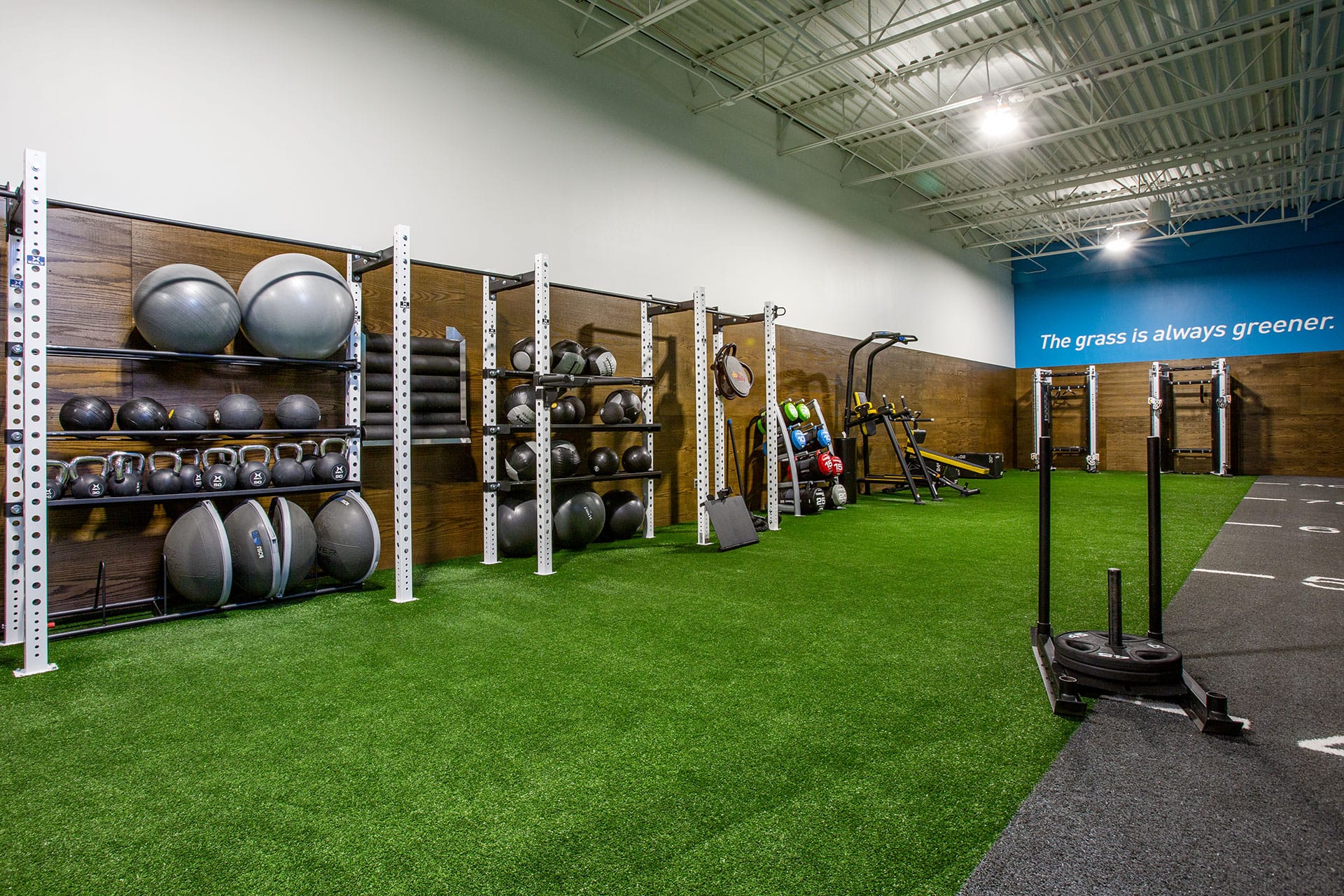
[adinserter block=”6″]
Backpacking is a thrilling and adventurous activity that allows you to explore some of the most beautiful natural landscapes while challenging yourself physically and mentally. However, it can also be physically demanding, requiring strength, endurance, and agility. Whether you’re a seasoned backpacker or new to the trail, proper training can help you prepare for the challenges of your next adventure. In this guide, we’ll cover everything you need to know about training for backpacking, including building endurance, improving strength and agility, creating a training plan, and proper nutrition and gear selection.
Building Endurance
A backpacking trip requires you to walk long distances with a heavy backpack, so building endurance is essential to help you handle the aerobic demands of the trip. A great way to build endurance is by adding cardiovascular exercise to your training routine. Cardio workouts and activities like walking, hiking, cycling, and running can help you increase your stamina and endurance over time. Start with shorter distances and gradually increase your distance and pace. You can also try interval training, which involves alternating between periods of high-intensity exercise and rest or low-intensity activity.
Improving Strength and Agility
Backpacking also requires you to carry a heavy backpack, climb steep hills, and navigate uneven terrain, so building muscle strength and agility is important. Resistance and strength training, such as weight lifting and bodyweight exercises, can help you build strength and improve your overall fitness level. To focus on building strength, target exercises that work your legs, core, and back muscles, as these are the areas that will be working the hardest during your backpacking trip. Strength training exercises for lower body muscles include squats, lunges, deadlifts, and rows. These exercises can be performed using weights or just your own body weight.
Balance and stability exercises are crucial for hiking and backpacking, as they help improve your body’s ability to maintain stability on uneven terrain. Yoga, Pilates, and balance board exercises are all great options for improving balance and stability. These exercises can help strengthen core muscles, improve balance, and enhance body control. Incorporating them into your training and workout routine can help prevent injuries and improve your overall performance on the trail.
Remember to always prioritize proper form when performing exercises to prevent injury. If you’re new to resistance training, consider working with a personal trainer or taking strength training fitness classes to learn proper form and technique.
Creating a Training Plan
When preparing for a backpacking adventure, it’s essential to create a training plan that fits your fitness level and goals. Start by setting specific goals for your trip. Consider the distance you’ll cover, the weight you’ll carry, and the number of days you’ll spend on the trail. Once you have a clear goal in mind, you can create a training plan that gradually increases the weight and distance of your backpacking training over time. Remember to include endurance, agility, and strength exercises. Be sure to include rest days in your plan to allow your muscles to recover and prevent injuries. Skipping rest days can lead to overtraining and injury, which can set your training back significantly.
When creating your training plan, it’s important to take things slow and steady. Don’t try to push yourself too hard too quickly, as this can lead to injury or burnout. Instead, focus on building your endurance and muscle strength gradually over time. This might mean starting with a short hike and light backpacks and gradually increasing the length and weight of your trips as your fitness level improves.
Nutrition and Hydration
Besides training for hiking and backpacking through exercise, don’t forget to fuel your body. Proper nutrition and hydration are significant for a successful and safe backpacking experience. Make sure to eat a balanced diet that includes plenty of protein, healthy fats, and carbohydrates to give your body the energy it needs to handle the physical demands of the trip. Drink plenty of water to stay hydrated, especially if you’re hiking in hot and dry conditions. It’s also essential to pack plenty of snacks and high-energy foods to eat throughout the day to keep your energy levels up.
Selecting the Right Gear for Backpacking
Selecting the right gear ensures a safe and comfortable hike. Invest in a high-quality backpack that fits properly and distributes weight evenly across your back. Pack accordingly, keeping in mind that a lighter pack is easier to carry and can help prevent injury. Pack appropriate clothes for the weather conditions, such as a waterproof jacket, warm layers, and a hat and gloves if necessary. Invest in a good pair of hiking boots or shoes with good traction to prevent slips and falls
Start Training for Your Backpacking Trip with Chuze
Preparing for a backpacking trip can seem overwhelming, but with the right training and preparation, it can be a rewarding and unforgettable experience. If you’re looking for a place to begin your backpacking training, we’re here to help!
At Chuze Fitness, we’re all about self-kindness and self-care, and preparing for a backpacking trip is an excellent way to show yourself some kindness and care by getting in shape and ready for the adventure of a lifetime. Stop by a Chuze gym near you and join a community that will help prepare you for your trip!
 Reviewed By:
Reviewed By:
Ani is the Vice President of Fitness at Chuze Fitness and oversees the group fitness and team training departments. She’s had a 25+ year career in club management, personal training, group exercise and instructor training. Ani lives with her husband and son in San Diego, CA and loves hot yoga, snowboarding and all things wellness.
[adinserter block=”6″]
Credit : Source Post






